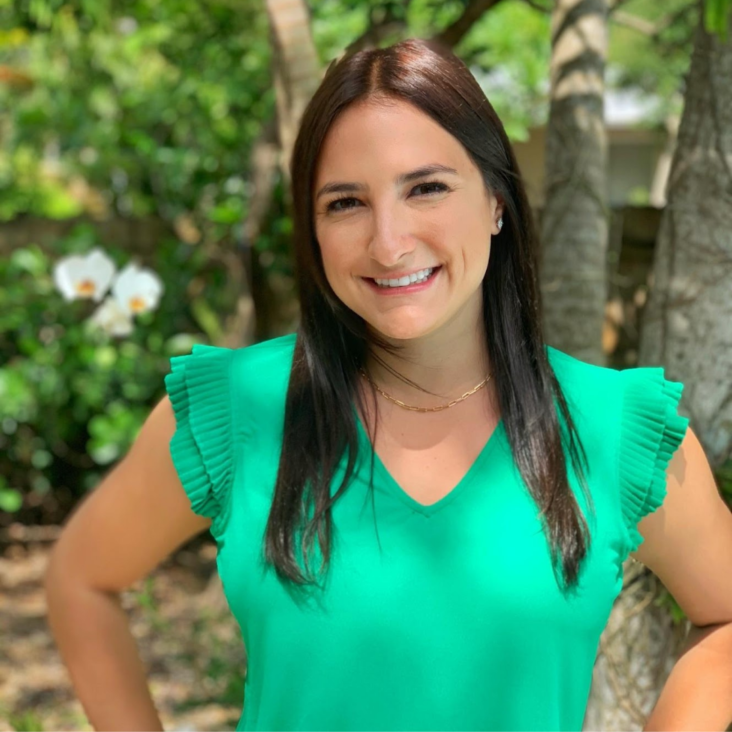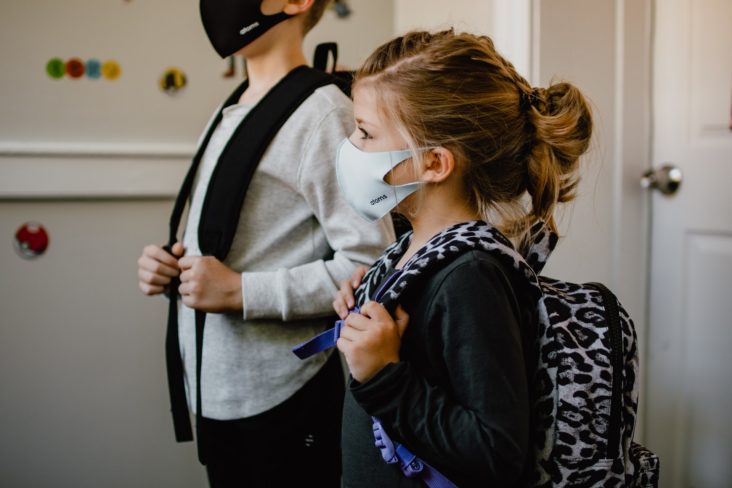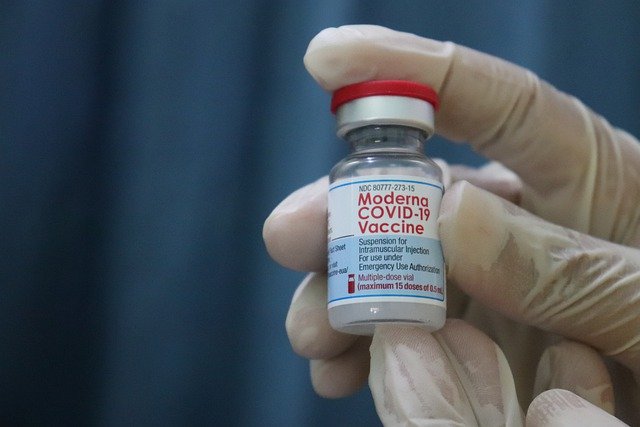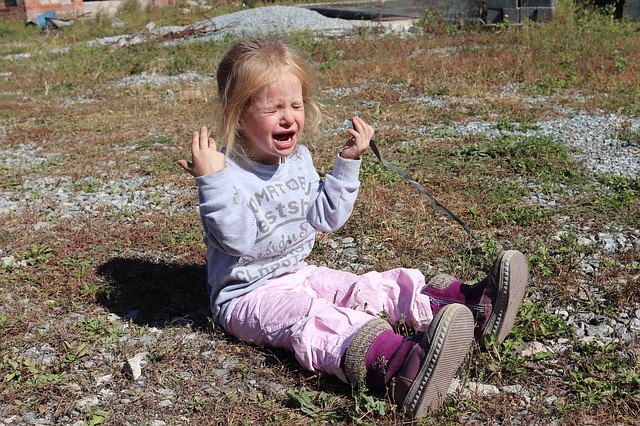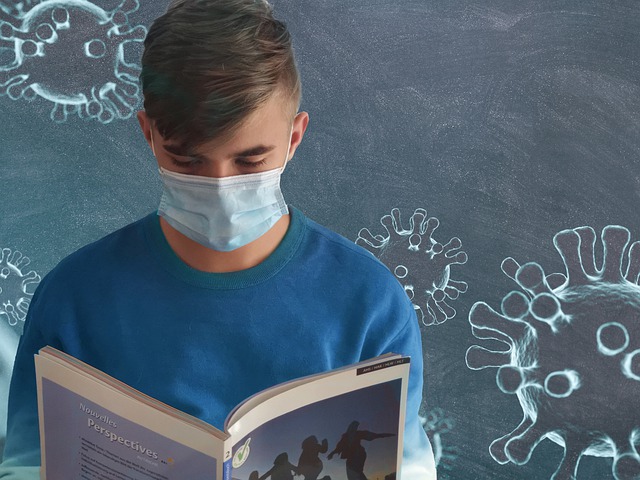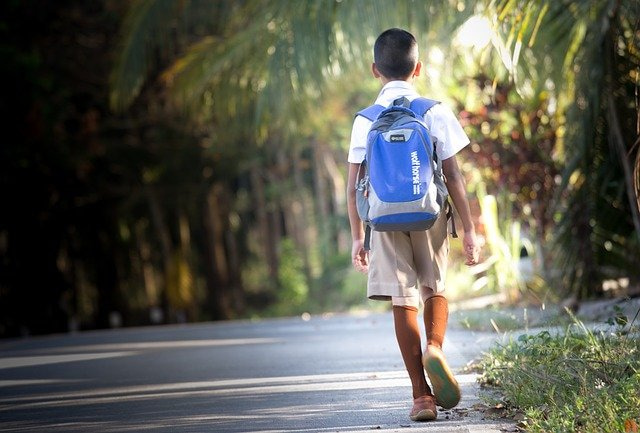For this month’s Consult The Expert interview, I spoke with Brittany Schulman, Psy.D. She is a licensed clinical psychologist here at the Center and has a special interest in the diagnosis and treatment of Attention Deficit/Hyperactivity Disorder (ADHD).
Most of us have heard about ADHD, but may have only a vague understanding of the condition, so I asked Dr. Schulman to tell us what ADHD encompasses.
“ADHD is a neurodevelopmental disorder that first occurs in childhood,” she answered. “Research has shown that there is a difference in the brain chemistry of people with ADHD, with one of the main brain areas affected being the frontal lobe and specifically, the prefrontal cortex. The prefrontal cortex controls our executive functioning which includes impulsivity, planning, problem solving, and emotional flexibility and regulation. “
“A good analogy for understanding what happens in those with weaknesses in executive functioning is to imagine the prefrontal cortex as the conductor in an orchestra. If the conductor is off on the directions they give to the musicians, the orchestra suffers and doesn’t work in sync. In the same way, a child can have high cognitive skills, but if the prefrontal cortex isn’t regulating these other areas, the result is frustration and behavioral challenges.”
“ADHD is very genetic and we know it runs in families,” she continued. “In fact, between 20 – 35 percent of diagnosed children also have a parent with the disorder. ADHD is more common in boys and is typically first seen in elementary school, when it is often identified as inattention. Difficulty sitting still becomes less visible in ‘tweens and teens, but then we tend to see more restlessness or inability to control impulses.”
So, Is It ADD Or ADHD?
I asked if ADHD is the same as ADD and also why we don’t hear much about ADD anymore.
“Years ago, we had Attention Deficit Disorder (ADD) and there was also ADHD,” she said. “As research has evolved, the most recent version of the DSM-5 (Diagnostic and Statistical Manual of Mental Disorders) categorized the two diagnoses under the same umbrella, but with different presenting characteristics. As a result, they’ve been combined and are officially recognized as ADHD today, but with three subtypes. These subtypes are ADHD with predominantly inattentive presentation, ADHD with predominantly hyperactive/impulsive presentation, and ADHD, with a combined presentation.”
Dr. Schulman acknowledges that these similar-yet-distinct terms can seem confusing at first, so she broke down the subtypes a little further. “For a child to be diagnosed with predominantly inattentive ADHD, they must meet six criteria in the inattentive category, which includes behaviors like being forgetful, losing things, or frequently wandering off-task. Maybe they fail to pay attention or to sustain it. They may have trouble organizing tasks or may avoid tasks that require a more sustained mental effort.”
“On the other hand, if a child falls into the hyperactive/impulsive category, they must meet at least six criteria from that subtype, such as being restless or squirming a lot, often leaving their seat in class, talking excessively or blurting out answers, interrupting frequently or having trouble engaging in quiet activities. Adults must meet five of the symptoms instead of six to be diagnosed, and children who are diagnosed with a combined presentation must have at least six symptoms each from both categories.”
How Is ADHD Diagnosed?
I asked her what steps are taken to make a diagnosis.
“First, the individual must have displayed some of the ADHD indicators before age 12. Symptoms typically start in the toddler years,” she explained, “but some criteria aren’t generally recognized until age 7 and above – in the early elementary school years when the child is less attentive in class.”
“To be diagnosed, the symptoms have to have lasted at least 6 months and have to have occurred in more than one setting – for example, both at home and at school. This is because being in different settings can change the child’s responses.”
As for the process of diagnosis, Dr. Schulman told me that a comprehensive evaluation is vital.
“Diagnosis is based on a thorough history and observation of the child, plus information obtained from parents, teachers, and others. We observe the child in various settings because kids can often pay better attention in a one-to-one setting or with peers or in play, but may have a hard time in school where more concentration is required. By watching how the child acts in a structured versus unstructured setting, the psychologist can see behavior differences. Another important factor in the assessment of ADHD is looking at the individual’s executive functioning skills, as those diagnosed with ADHD typically have difficulties in executive functioning.”
Is It ADHD Or Something Else?
I asked Dr. Schulman if ADHD can mimic other conditions. “On a surface level, yes,” she answered. “Bipolar disorder, for example, can have impulsive activity, as well as poor concentration and poor impulse control. So, we tend to look at the person’s mood episodes, when they occur, and how long they typically last. For the most part, we do not see the level of mood instability seen in mood disorders in young children with ADHD. Furthermore, the onset of bipolar disorders is typically later than the onset of ADHD.
“Autism is another condition that can co-occur with ADHD, however, a child on the spectrum will often have social differences, in that they may prefer to play alone or have trouble making eye contact. The child with ADHD may misbehave because of impulsivity, but an autistic child may misbehave because there were changes in the expected plan for the day, which is unrelated to an impulsive response.”
“That said, ADHD can also occur in conjunction with other disorders,” she continued. “So, when we are diagnosing a child, it’s important to be extremely thorough with our evaluations and observations to be sure that it is ADHD and not another comorbidity.”
Has Covid Affected ADHD Diagnoses?
I was surprised when Dr. Schulman mentioned that the Covid pandemic has increased the number of children who show signs of ADHD.
“We have had many, many kids come in to our clinic recently, who never had symptoms before the pandemic, but do now. In children, the symptoms of anxiety and depression can look similar to ADHD. A child may be inattentive because they are depressed or because they are worried and ruminating, so we definitely take a deep look to decide which condition is causing the problem.”
“A simplistic way of distinguishing between the two is by understanding that a child with ADHD-related inattentiveness is more easily distracted by new things. In depression, the inattentiveness shows up as having more difficulty concentrating.”
What Happens After An ADHD Diagnosis?
“Depending on what we feel will benefit the child most, they may go on medication after diagnosis. We now have not only the traditional stimulant medications, but also two non-stimulant medications for children who do not have optimal results on stimulants or for those who have side effects due to the stimulants. Medications alone don’t usually help the child entirely, though,” she said.
“Typically they must undergo some form of behavior therapy, as well. Depending on their challenge areas, the child might get executive function coaching, or behavior therapy teaching certain skills. Another important piece is implementing school interventions and putting accommodations in place so the school day is less challenging for them.”
“We will also likely recommend parent training,” Dr. Schulman said. “This is so the parent learns why the child acts the way they do, along with how to work with the child more successfully and to gain more effective ways to help the child’s behavior. For example, most kids don’t want to act defiantly, but sometimes they can only hold it together long enough to get through the school day and then lose it at home, so parent training teaches the parent how to redirect the child’s behavior.”
I asked if a child could be treated for ADHD without the use of medications. “It’s possible, depending on the case and the child,” she answered. “Some kids can possibly do better with just behavior modification. Some people can do better just by learning the skills they need to be successful.”
I had read that an ADHD diagnosis in a child is only valid for five years, so I asked Dr. Schulman why that is. “Actually, we try to have a client come back within two to three years to get an updated diagnosis for school requirements,” she answered. “Also, symptoms can manifest in different ways as a child ages and matures, so this requested intervention can help to reduce any concerns these changes bring up.”
Final Thoughts
When asked if there was one final thing she would like people to understand about ADHD, Dr. Schulman was quick to emphasize that a professional diagnosis is needed before someone labels themselves as having the disorder.
“A lot goes into an ADHD diagnosis and it’s important to have a complete evaluation. You cannot diagnose yourself!” she emphasized. “Some social media laypersons have become popular lately by taking one or two pieces or symptoms and telling you that you may have ADHD, but that is a simplistic way to see the condition. If you are concerned about the possibility of having ADHD, you owe it to yourself to go through an in-depth evaluation to be sure.”
Need More Information?
If you or someone you love has questions or would like further information about ADHD or other mental health concerns, the professionals at The Children’s Center for Psychiatry, Psychology, & Related Disorders in Delray Beach, Florida, can help. For more information, contact us or call us today at 561-223-6568.
About Brittany Schulman, Psy.D.
Dr. Brittany Schulman is a licensed clinical psychologist who provides assessment and therapy services to children, adolescents, and adults. Although she specializes in providing evaluations for individuals presenting with an array of concerns, she has a keen interest in anxiety and anxiety-related disorders. During her clinical training, she completed a rotation providing therapy services to individuals with a variety of anxiety disorders including generalized anxiety disorder, panic disorder, agoraphobia, social anxiety disorder, hoarding disorder and specific phobias. Dr. Brittany is known for her ability to be personable, warm, and empathetic towards her clients while creating an environment where they feel comfortable expressing their challenges. In therapy, Dr. Brittany generally works from a cognitive behavioral approach, incorporating mindfulness and ACT techniques into her practice, but tailors each therapy session to every client’s individual needs.
Dr. Brittany completed her doctoral degree in Clinical Psychology at Nova Southeastern University in 2019. She received double bachelor’s degrees with honors in Psychology and Sociology from Florida State University. Dr. Brittany completed her doctoral internship at NSU’s Psychology Services Center specializing in school-related comprehensive psychological evaluations. During her training, Dr. Brittany provided services for individuals presenting with a variety of developmental, behavioral, and emotional challenges including attention and executive functioning, anxiety, depression, and autism spectrum disorders. She has worked in both outpatient and private practice settings. Dr. Brittany completed her post-doctoral residency at Child Provider Specialists in Weston, FL, conducting comprehensive psychoeducational and psychological evaluations.



